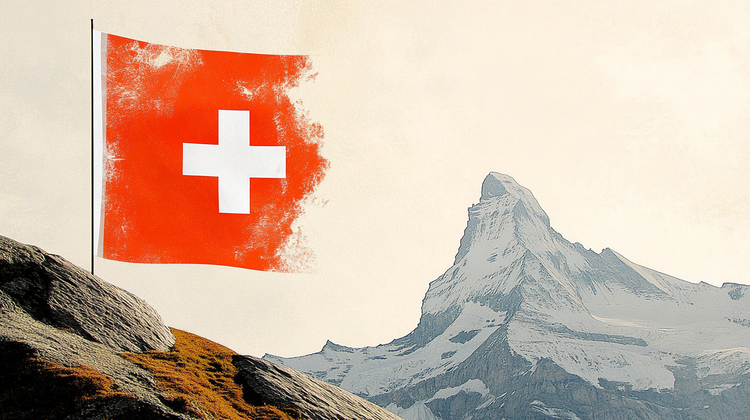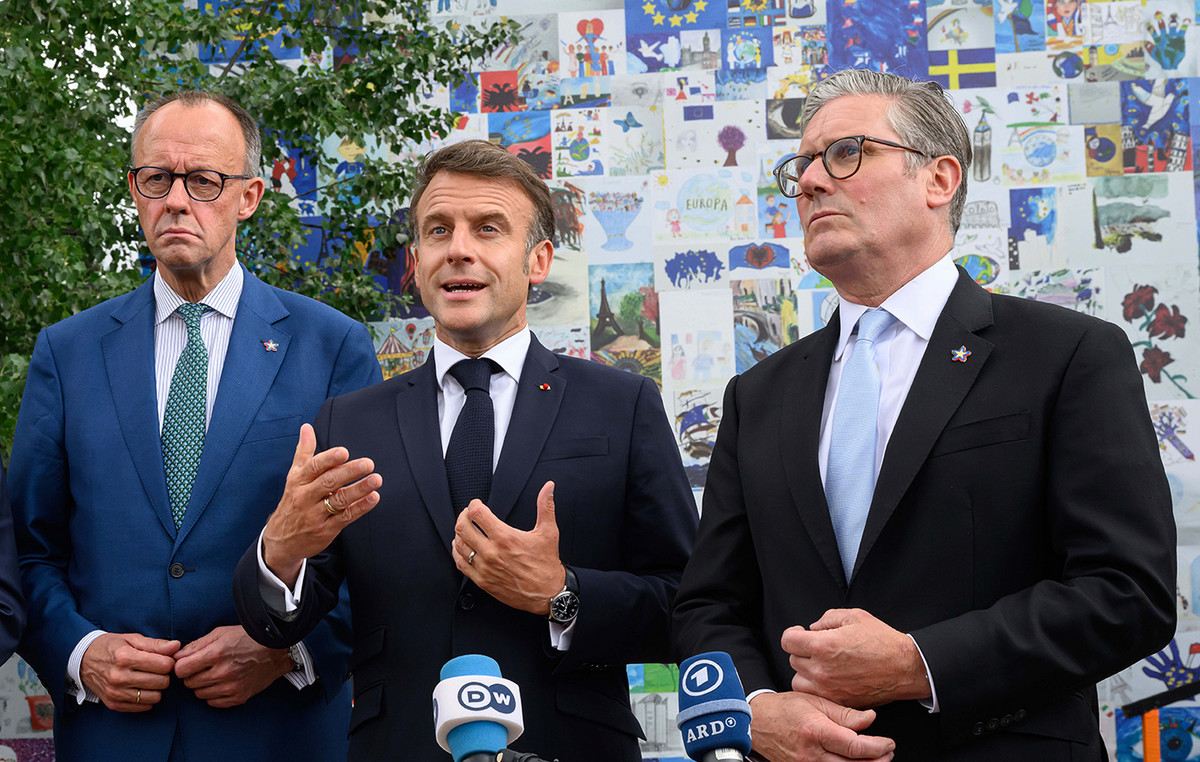The secret mastermind behind Hamas’ attack on Israel is Mohammed Deif, leader of the radical Islamic group.
A survivor of seven Israeli assassination attempts, the most recent in 2021, Deif rarely speaks and never appears in public. So when the Hamas television channel announced that he would speak on Saturday (7), the Palestinians knew that something significant was happening.
See also — Robbery, threats: images show Hamas action during the invasion of Israel; watch
There are only three images of Deif: one in his 20s, another of him in a mask, and an image of his shadow, which was used in the recent broadcast.
The leader’s whereabouts are unknown, although he is probably in Gaza, in the labyrinth of tunnels beneath the enclave. An Israeli security forces source told the Reuters news agency that Deif was directly involved in the planning and operational aspects of the attack.
Who is Mohammed Deif, leader of Hamas?
Born as Mohammad Masri in 1965 in the Khan Yunis refugee camp created after the 1948 Arab-Israeli War, the leader became known as Mohammed Deif after joining Hamas during the first Intifada, or Palestinian uprising, which began in 1987. .
He was arrested by Israel in 1989 and spent about 16 months in detention, according to a Hamas source.
Deif graduated in science from the Islamic University of Gaza, where he studied physics, chemistry and biology. He demonstrated an affinity for the arts, heading the university’s entertainment committee and performing on stage in comedies.
Rising through the ranks of Hamas, Deif developed the group’s tunnel network and bomb-making expertise. He has been at the top of Israel’s most wanted list for decades, being considered personally responsible for the deaths of dozens of Israelis in suicide bombings.
For the leader, remaining in the shadows has been a matter of life and death. Hamas sources said he lost an eye and suffered serious injuries to a leg in one of Israel’s assassination attempts.
His wife, seven-month-old son and three-year-old daughter were killed in an Israeli airstrike in 2014.
His survival while directing the armed wing of Hamas earned him the status of a Palestinian folk hero. In the videos, he is masked, or you can only see a shadow of him. It does not use modern digital technology such as smartphones, according to a source close to Hamas.
“He is elusive. He is the man in the shadows”, classified the source.
Possible motivation for the attack
On Saturday (7), when the offensive began, Mohammed Deif called the attack the “Al-Aqsa Storm” in an audio message, signaling that it was revenge for the Israeli attacks on the Al-Aqsa mosque in Jerusalem.
“Today, the anger of Al-Aqsa, the anger of our people and our nation is exploding. Our mujahedeen (fighters), today is your day to make this criminal understand that his time is up,” said the leader in the recording.
It was in May 2021, after the mosque attack, that he began planning the operation that has killed more than 1,000 people in Israel to date, according to a Reuters source close to Hamas in Gaza.
The temple is Islam’s third-holiest site, and the Israeli attack enraged the Arab and Muslim world.
“[O ataque contra Israel] was triggered by scenes and images of Israel storming the Al-Aqsa Mosque during Ramadan, beating worshipers, attacking them, dragging old people and young people out of the mosque. All of this fueled and ignited anger”, highlighted the source.
Two brains, one mentor
The source close to Hamas told Reuters that the decision to prepare the offensive was taken jointly by Deif, who commands Hamas’ Al Qassam Brigades, and Yehya Sinwar, the leader of Hamas in Gaza, but it was clear who was the mastermind.
“There are two brains, but there is one mastermind,” the source noted, adding that information about the operation was known only to a few Hamas leaders.
The secrecy was such that Iran, Israel’s sworn enemy and a major source of funding, training and weapons for Hamas, knew only in general terms that the movement was planning a major operation and did not know the timing or details, according to with a local source familiar with the group.
This source highlighted that although the Iranians were aware that a major operation was being prepared, it was not discussed in any joint operations room involving Hamas, the Palestinian leadership, Iranian-backed Lebanese, Hezbollah, and Iran.
“It was a very narrow circle”, highlighted the source.
Iran’s highest authority, Ayatollah Ali Khamenei, said on Tuesday (10) that the country was not involved in the attack on Israel. Furthermore, the United States stated that, although Tehran was complicit, there is no information captured by intelligence that points to Iran’s direct participation in the attacks.
The plan devised by Deif involved a prolonged effort to deceive his enemy. Israel was led to believe that Hamas was not interested in launching a conflict and was focused instead on economic development in Gaza, where the movement is the ruling power.
See also — Palestinian doctor talks about increase in deaths in Gaza
But as Israel began providing economic incentives to Gaza workers, the group’s fighters were being trained, often in full view of the Israeli military, a source close to Hamas told Reuters.
“We have been preparing for this battle for two years,” said Ali Baraka, head of Hamas’s external relations.
Speaking in a calm voice, Deif noted in the recording that Hamas had repeatedly warned Israel to stop its crimes against Palestinians, to release prisoners he said had been abused and tortured, and to stop its expropriation of Palestinian lands.
“Every day the occupier invades our villages, towns and cities in the West Bank and attacks houses, kills, injures, destroys and detains. At the same time, he confiscates thousands of hectares of our lands, uproots our people from their homes to build settlements while his criminal siege continues in Gaza,” he commented.
For more than a year, there has been turmoil in the West Bank, an area about 100 km long and 50 km wide that has been at the center of the Israel-Palestine conflict since it was seized by Israel in 1967.
Deif said Hamas called on the international community to put an end to the “crimes of the occupation”, but Israel intensified its actions. He also commented that Hamas had in the past asked Israel for a humanitarian agreement to release Palestinian prisoners, but this was rejected.
“In light of the ‘orgy’ of the occupation and its denial of international laws and resolutions, and in light of American and Western support and international silence, we have decided to put an end to all this,” he said.
PHOTOS — See images of the conflict between Israel and Hamas
Source: CNN Brasil
Bruce Belcher is a seasoned author with over 5 years of experience in world news. He writes for online news websites and provides in-depth analysis on the world stock market. Bruce is known for his insightful perspectives and commitment to keeping the public informed.







